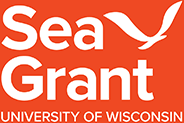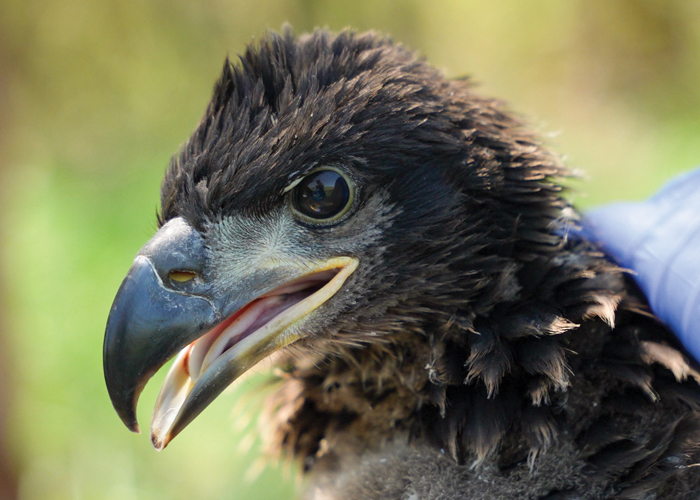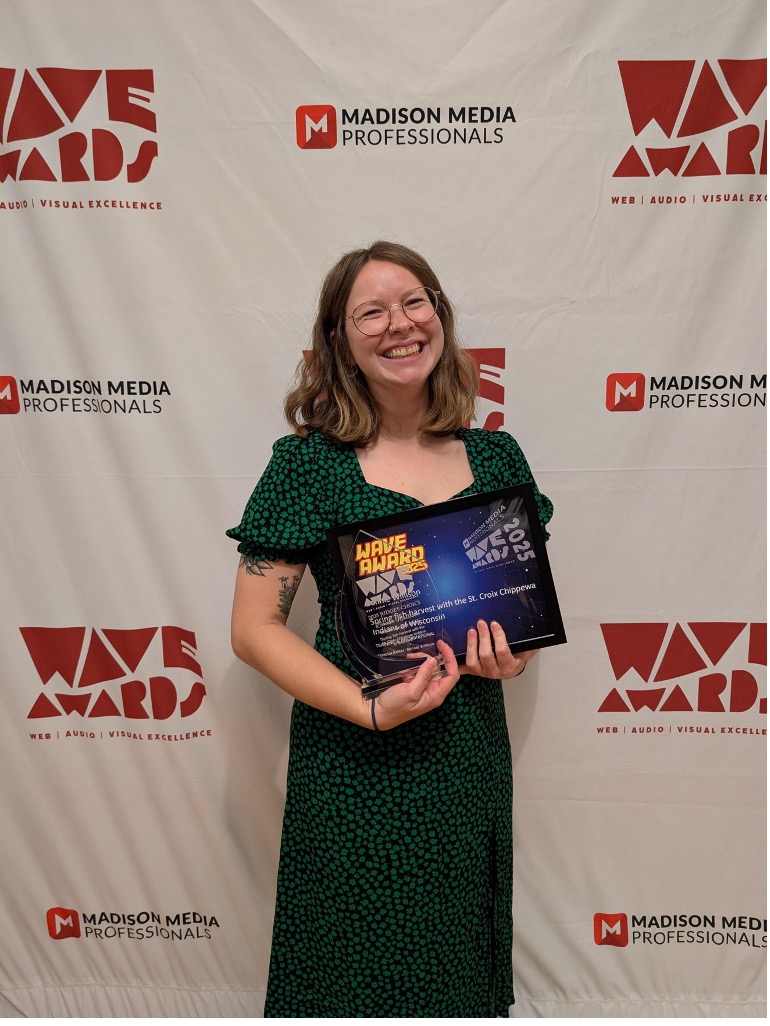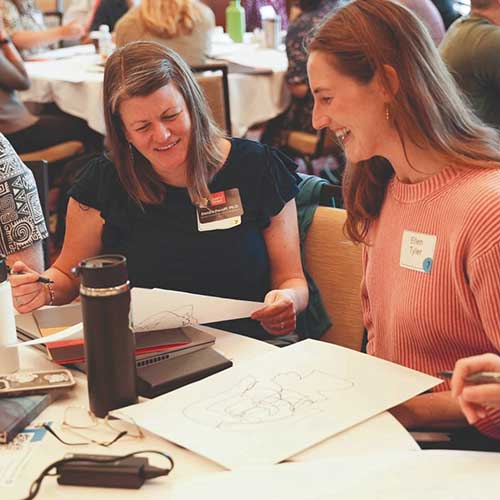The waters of Lake Winnebago, Wisconsin’s largest inland lake, were once teeming with wild rice – so abundant that historical accounts describe boats struggling to pass through the beds.
This native aquatic plant, known as “mayom” in the Mohegan language and “manoomin” in the Ojibwe language, has deep cultural and ecological significance, supporting fish, waterfowl, and overall ecosystem health.
Over the last 200 plus years, increased populations, shoreline development, and dams have stripped much of Lake Winnebago of this treasured resource. But through research initially funded by Wisconsin Sea Grant, the Lake Winnebago Wild Rice Revitalization team aims to restore wild rice beds, bringing together tribal nations, researchers, and conservationists in a project that bridges history, science, and community collaboration.
The Intertribal Lake Winnebago Wild Rice Revitalization Project is a multi-year effort focused on reestablishing wild rice beds to harvestable levels. Co-led by the Brothertown Indian Nation and UW-Madison’s Dr. Jessie Conaway, the team seeks to answer critical questions: Where did the rice go? What conditions are needed to bring it back? And how can restoration efforts honor both traditional ecological knowledge and modern science?
For members of the Brothertown Indian Nation, whose ancestors were relocated to the eastern shores of Lake Winnebago in the 1800s, this work is deeply personal. “These waters are our responsibility,” says Vice Chair of the Brothertown Indian Nation Jessica Skeesuck, one of the project leaders. The restoration effort is not just about bringing back a plant – it’s about strengthening tribal nations, supporting wildlife, and fostering a healthier watershed for all fishers, hunters, harvesters, and Lake Winnebago communities.
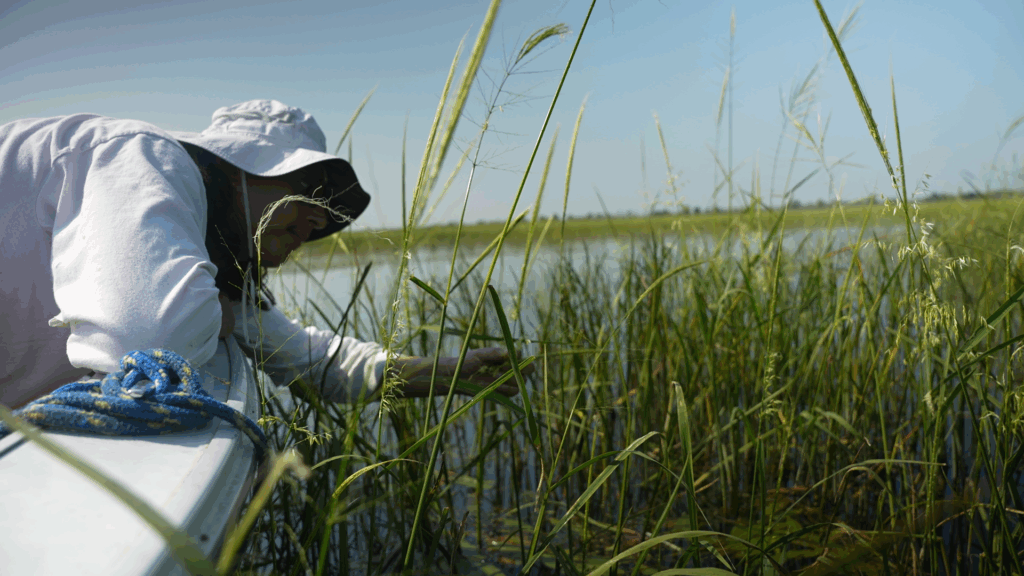
Alex Mixtli, Environmental Specialist, surveys wild rice from a boat on Pawāhan-Sīpiah (Pine River), which means “wild rice gathering river” in the Menominee language. By studying water depth, sediment, and competition from other plants, researchers are learning where and why wild rice thrives.
Since receiving funding from Wisconsin Sea Grant in 2022, the team has had a number of successes. University students and agency partners have helped gather water quality data and monitor plant growth, creating a new baseline of wild rice data in the Lake Winnebago watershed. This data, as well as Indigenous knowledge, has helped the team begin reseeding portions of the watershed.
Community engagement has also grown, with more volunteers, tribal members, and local residents actively participating in restoration efforts. For the Brothertown Indian Nation, this work has been an opportunity for nation-building, strengthening connections to tribal conservation networks and providing the small nation with their first full-time staff members.
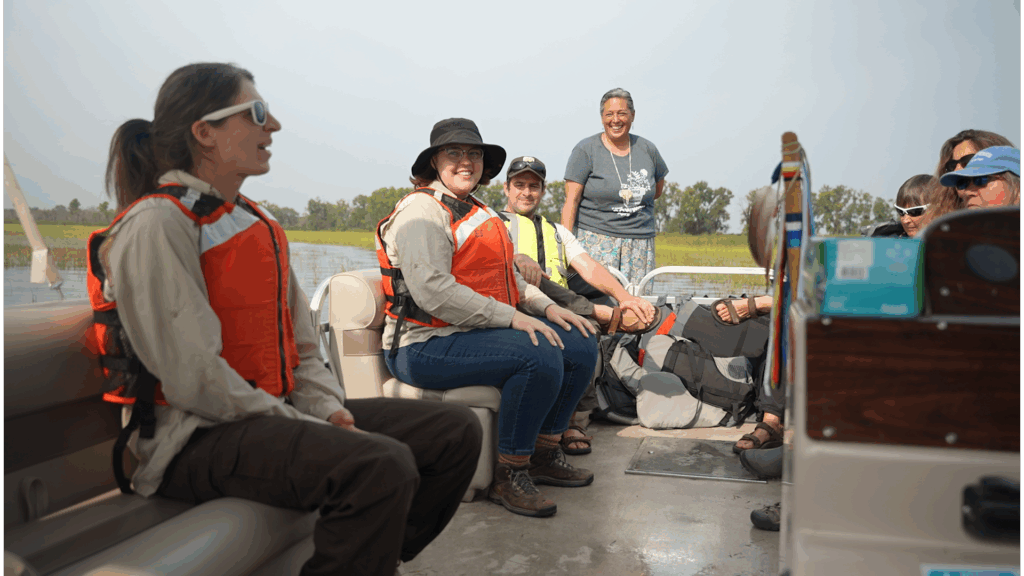
The project team has assembled a wide-ranging partnership with groups such as the WI DNR, US Fish and Wildlife Service, the Wisconsin Tribal Conservation Advisory Council and more. They gather for an annual on-water meeting every summer, where they share updates and often reseed rice by hand.
The project is also supported by the US Fish and Wildlife Service Natural Resources Damage and Assessment Program, the Daybreak Fund, and the Fund for Lake Michigan.
“It’s pretty powerful to be at this place in the journey where we found some rice and we know what’s going good with it. We’re learning how to help it do better and we’ve continued to build really good relationships with our partners, both tribal and non-tribal,” says Skeesuck. “When we look out and see more rice here than there was last year – that just gives me so much hope.”
To learn more about the Lake Winnebago Wild Rice Revitalization Project and their innovative weaving of western science and Indigenous knowledge, watch our video here.
